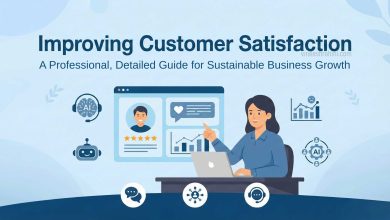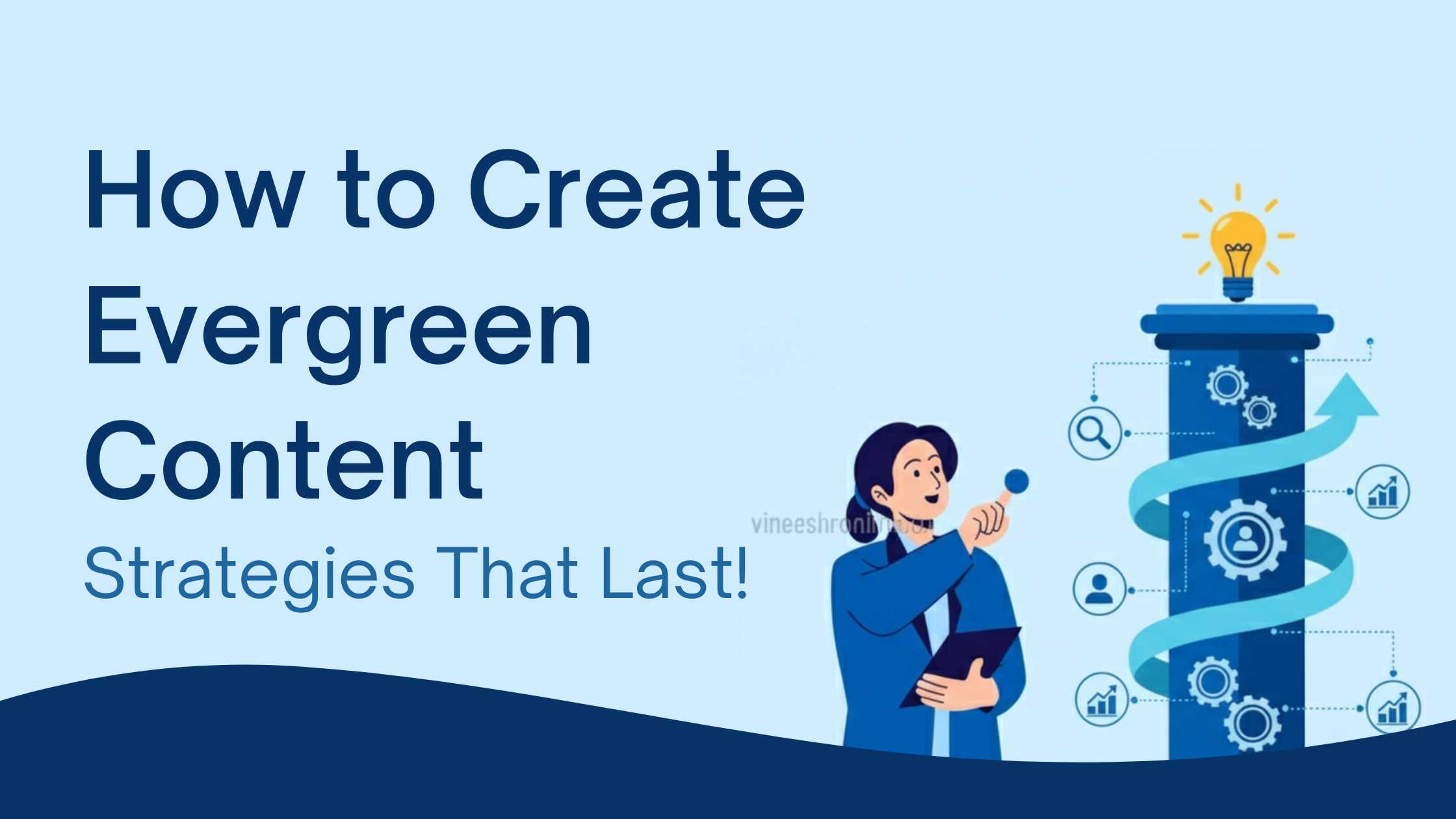The Ultimate Guide to SEO: Do’s and Don’ts for Optimizing Your Website
Search Engine Optimization (SEO) is a crucial element of any digital marketing strategy. It involves optimizing your website and its content to rank higher in search engine results pages (SERPs). This can increase your online visibility and drive more organic traffic to your website, leading to more conversions and revenue. However, SEO is a constantly evolving field, and there are certain Do’s and Don’ts that you should follow to ensure the best possible results. In this essay, we will discuss some of the most important Do’s and Don’ts in SEO.
The Do’s of SEO:
- Create high-quality, engaging content: One of the most important Do’s in SEO is to create high-quality, engaging content that provides value to your audience. This means creating content that is informative, useful, and engaging, with clear and concise language. Your content should be optimized for the search engines, but it should also be written with your audience in mind. It should address their pain points and provide solutions to their problems.
- Optimize your website for speed: Website speed is a crucial factor in SEO, as slow-loading websites can negatively impact your rankings. To ensure your website is optimized for speed, you should compress your images and videos, minimize the use of plugins, and choose a reliable web hosting provider. A fast website not only helps improve your search engine rankings but also provides a better user experience for your visitors.
- Use keyword research: Keyword research is an essential part of any successful SEO strategy. It helps you identify the terms and phrases your target audience is searching for and allows you to optimize your content accordingly. Use keyword research tools like Google Keyword Planner, SEMrush, or Ahrefs to find relevant keywords and phrases that you can target.
- Optimize your meta tags: Meta tags are pieces of code that provide information about your website to search engines. They include your page title, description, and keywords. Optimizing your meta tags can help improve your click-through rate (CTR) by making your content more appealing to search engine users. Make sure your meta tags accurately reflect the content of your page and include your target keywords.
- Build high-quality backlinks: Backlinks are links from other websites that point to your site. They are an essential factor in SEO, as they indicate to search engines that your site is a reputable and trustworthy source of information. To build high-quality backlinks, you can guest post on other relevant websites, participate in industry forums, and engage in social media.
The Don’ts of SEO:
- Don’t use black hat techniques: Black hat SEO techniques are tactics that violate search engine guidelines in an attempt to manipulate rankings. These techniques can include keyword stuffing, cloaking, and buying backlinks. Black hat techniques can result in your website being penalized or banned from search engine results pages. Always follow white hat SEO techniques that adhere to search engine guidelines.
- Don’t use duplicate content: Duplicate content is content that appears on multiple pages of your website or on other websites. It can negatively impact your SEO rankings by confusing search engines about which page to rank. To avoid duplicate content, make sure each page of your website has unique content, and use canonical tags to indicate the original source of the content.
- Don’t forget about mobile optimization: With more people using mobile devices to access the internet, it’s crucial to optimize your website for mobile devices. Make sure your website is mobile-friendly, with a responsive design that adjusts to different screen sizes. This will help improve your mobile search rankings and provide a better user experience for your visitors.
- Don’t ignore on-page optimization: On-page optimization involves optimizing individual pages on your website for search engines. This includes optimizing your page titles, meta descriptions, header tags, and image alt tags. On-page optimization is an important factor in SEO, as it helps search engines understand the content of your pages and rank them accordingly. Make sure you optimize each page of your website with relevant keywords and provide a clear and concise description of the content.
- Don’t neglect social media: Social media can be a valuable tool in your SEO strategy. It can help you build brand awareness, engage with your audience, and drive traffic to your website. Make sure you have a strong social media presence and share your content regularly on social media platforms like Facebook, Twitter, and LinkedIn.
In conclusion, SEO is a complex and ever-evolving field, but there are certain Do’s and Don’ts that you should follow to ensure the best possible results. By creating high-quality content, optimizing your website for speed, using keyword research, building high-quality backlinks, and following white hat SEO techniques, you can improve your search engine rankings and drive more organic traffic to your website. On the other hand, you should avoid black hat techniques, duplicate content, neglecting mobile optimization, ignoring on-page optimization, and neglecting social media. By following these Do’s and Don’ts of SEO, you can ensure the success of your digital marketing strategy and achieve your business goals.



